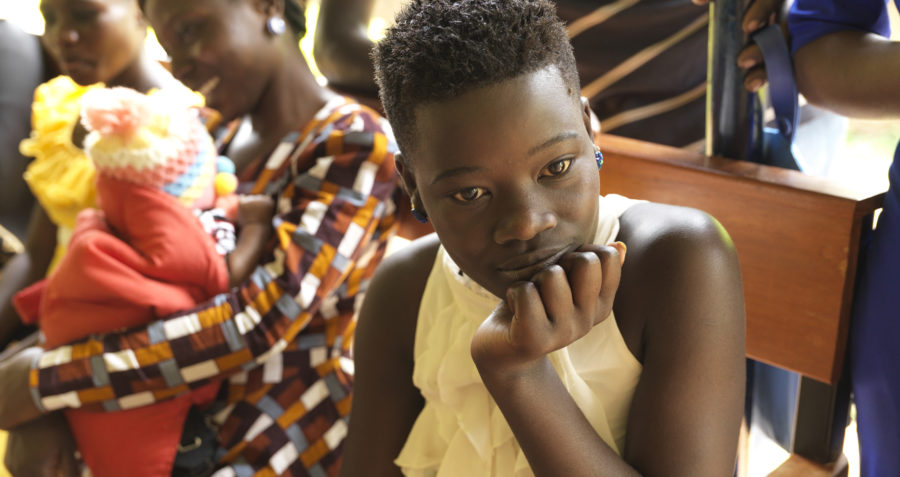The world must wake up to the HIV prevention crisis
 © Peter Caton for READY
© Peter Caton for READY
Global HIV prevention efforts have stalled, with the most marginalised people bearing the brunt of the failure to reduce the number of new HIV infections.
It is now almost certain that the world will fail to reduce new infections to 500,000 per year by 2020.
New data, released today by UNAIDS, shows that new HIV infections remain stubbornly high at an estimated 1.7 million and that, for the first time, people from key populations – including people who inject drugs, gay men and other men who have sex with men, transgender people, sex workers and prisoners – and their partners accounted for more than half of new infections globally.
This report is a wakeup call to invest more in marginalised people and adolescent girls and young women if we want to avoid sleepwalking into a further crisis fuelled by the denial of human rights and gender justice.Christine Stegling
The data also reveal that, despite a 25% reduction in new infections since 2010, young women aged between 15 and 24 remain 60% more likely to acquire HIV than young men of the same age. In 2018, approximately 6,200 adolescent girls and young women were diagnosed with HIV every week.
“Far from getting back on track on HIV, we are witnessing a prevention crisis that is disproportionately affecting those with the least power in societies,” said Christine Stegling, executive director of Frontline AIDS. “Marginalised people face a daily toll of stigma, discrimination and criminalisation. They are often denied access to HIV prevention, treatment and care simply because of who they are. This report is a wakeup call to invest more in marginalised people and adolescent girls and young women if we want to avoid sleepwalking into a further crisis fuelled by the denial of human rights and gender justice.”
Although new HIV infections have declined by 16% globally since 2010, progress is patchy. For example, South Africa alone has seen a 40% reduction in new infections but progress has been slower in the rest of eastern and southern Africa over the same period. Worryingly, new infections in eastern Europe and central Asia have increased by 29%, in the Middle East and North Africa they have increased by 10% and Latin America has seen a 7% rise.
The report highlights the role of stigma and discrimination in driving new infections. It calls for urgent action to address the barriers that prevent marginalised people from accessing prevention services and highlights the impact of community engagement in all areas of the response, calling for greater investment in community action. However, the report also notes that insufficient funding and regressive policy environments make it difficult for community responses to achieve maximum impact.
“We need a fully-funded Global Fund and commitment from national governments to invest in marginalised communities,” added Christine Stegling. “By investing in communities we will build a more focused and resilient response that understands and responds to people’s needs in the context they live in. This will enable us to focus on the specifics of the epidemic in different places and respond appropriately.”
The report shows that an estimated 770,000 people died from AIDS-related illnesses in 2018. Although this is a decrease from 2017, it is still unacceptably high and it means a reduction of 135,000 deaths per year will be required to reach the 2020 target of fewer than 500,000 deaths per year.
In New York this week, the High Level Political Forum is assessing countries’ progress on the Sustainable Development Goals (SDGs). Missing the 2020 target would also leave the global community with significant ground to make up to achieve target 3 of SDG 3, ending the AIDS epidemic by 2030.
An estimated 37.9 million people were living with HIV in 2018, 79% of whom knew their HIV status. UNAIDS estimates that 23.3 million people accessed antiretroviral therapy in 2018 – meaning that almost 15 million people living with HIV did not have access to lifesaving treatment.
Read the UNAIDS Global AIDS update 2019 — Communities at the centre


